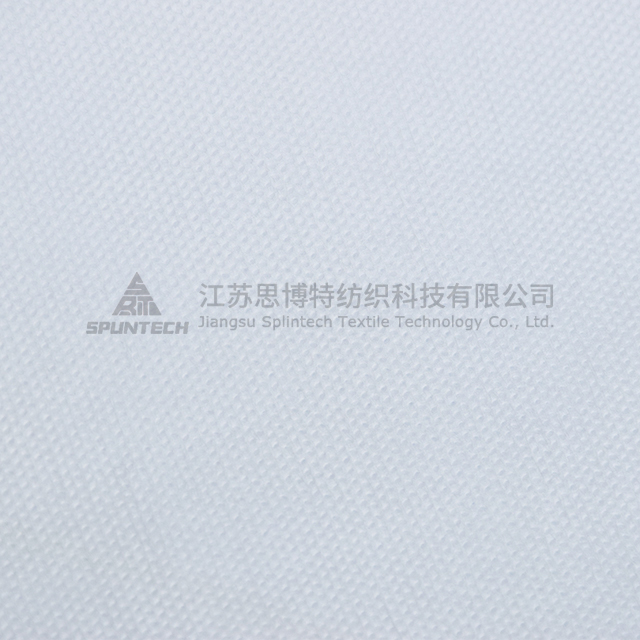- The textile industry achieved a stable start in the first quarter of 2025!
- Sibote is dedicated to the production of spunbond nonwoven fabrics, bringing high-quality products to the industry!
- Sibote spunbond nonwoven fabric has excellent air permeability and moisture resistance!
- The development prospects of the textile industry in 2025!
- There is light in the ordinary. Salute to the workers | Jiangsu Sibote Textile Technology Co., Ltd. wishes everyone a happy May Day!
- How should enterprises respond to the impact of repeated tariffs
- Contact: Mr. Yu
- Cel: 0086-137 3263 4131
- Email: 2169421708@qq.com
- Add: No. 1, Xingyan Road, Dingyan Town, Rugao City, Jiangsu Province
Sebot non-woven fabric manufacturer introduction
Jiangsu Sibot Textile Technology Co., Ltd. has a high-quality, innovative technology research and development team, with a number of well-known universities and research institutions to jointly develop new products, new technologies, and constantly improve the quality and performance of products. At the same time, we have introduced international advanced production and testing equipment to ensure product quality and stability.
Jiangsu Sibot Textile Technology Co., Ltd. is specialized in the production of non-woven fabrics, spunbonded non-woven fabrics, non-woven fabric manufacturers.
If you want to know more about Jiangsu Sibo Textile Technology Co., LTD., please contact: Yu Junke, Vice General Manager Mobile: 18962690226, Email: 2169421708@qq.com, Address: No. 1 Xingyan Road, Dingyan Town, Rugao City, Jiangsu Province, Website: http://www.liuliangfu.com
- The textile industry achieved a stable start in the first quarter of 2025!
- Sibote is dedicated to the production of spunbond nonwoven fabrics, bringing high-quality
- Sibote spunbond nonwoven fabric has excellent air permeability and moisture resistance!
- The development prospects of the textile industry in 2025!
- There is light in the ordinary. Salute to the workers | Jiangsu Sibote Textile Technology
- How should enterprises respond to the impact of repeated tariffs



